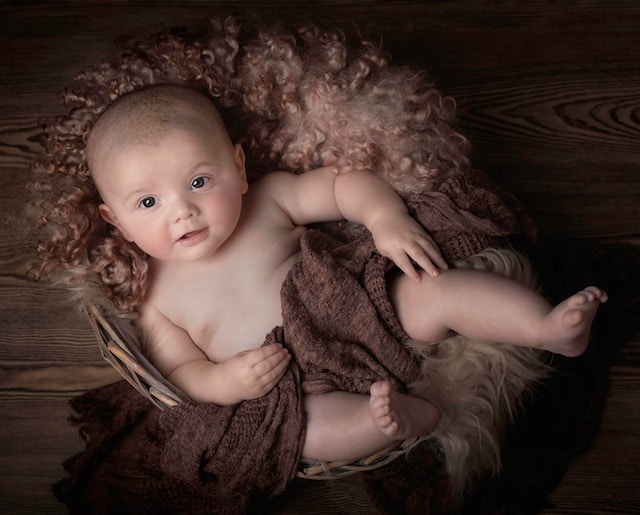Introduction: As new parents, creating a safe sleep environment for your newborn is paramount. Providing a secure and peaceful space for your little one not only promotes healthy sleep habits but also reduces the risk of sleep-related accidents. In this article, we explore essential guidelines for designing a safe sleep environment that will ensure your baby’s well-being and give you peace of mind.
- Optimal Sleep Position: The American Academy of Pediatrics (AAP) recommends placing infants on their backs to sleep to reduce the risk of Sudden Infant Death Syndrome (SIDS). This position allows for optimal airflow and lowers the chance of suffocation. Avoid placing your baby on their stomach or side while sleeping, even during supervised nap times, as it increases the risk of breathing difficulties.
- Firm and Snug Mattress: Choosing the right mattress for your baby’s crib is crucial. Opt for a firm mattress that fits snugly into the crib, leaving no gaps between the mattress and the crib frame. This prevents the risk of suffocation or entrapment. Avoid using soft surfaces, such as pillows, comforters, or plush bedding, as they can pose a suffocation hazard.
- Clear Crib Space: Keep the crib free from any loose items or clutter. Remove pillows, stuffed animals, blankets, and toys from the sleeping area. These items can increase the risk of suffocation or accidental smothering. A bare and uncluttered crib provides a safe sleeping environment for your baby.
- Temperature and Ventilation: Maintaining an appropriate room temperature is essential for your baby’s comfort and safety. Ensure that the room is not too hot or too cold. The ideal temperature range is between 68 to 72 degrees Fahrenheit (20 to 22 degrees Celsius). Use a room thermometer to monitor the temperature and dress your baby in comfortable, breathable sleepwear. Adequate ventilation in the room also helps maintain air quality and temperature control.
- Safe Sleepwear: Choose sleepwear that is appropriate for the current weather conditions. Use lightweight and breathable fabrics to prevent overheating. Avoid clothing with hoods, drawstrings, or loose strings, as they can pose a strangulation hazard. Use sleep sacks or wearable blankets as a safe alternative to loose blankets, ensuring your baby stays warm without the risk of suffocation.
- Proximity and Co-Sleeping: The AAP recommends room-sharing, where the baby sleeps in a crib or bassinet close to the parents’ bed, for at least the first six months. This practice allows for easy monitoring and comforting during the night while reducing the risk of bed-sharing accidents. Avoid sharing the same sleep surface with your baby, as it increases the risk of accidental suffocation or entrapment.
Conclusion: Creating a safe sleep environment for your newborn is crucial for their well-being and your peace of mind. By following these guidelines, such as placing your baby on their back to sleep, using a firm mattress, keeping the crib clear of loose items, maintaining an appropriate room temperature, and practicing safe sleepwear choices, you can ensure a secure and peaceful sleep environment for your little one. Prioritizing safe sleep practices sets the foundation for healthy sleep habits and reduces the risk of sleep-related accidents, allowing both you and your baby to rest peacefully.




